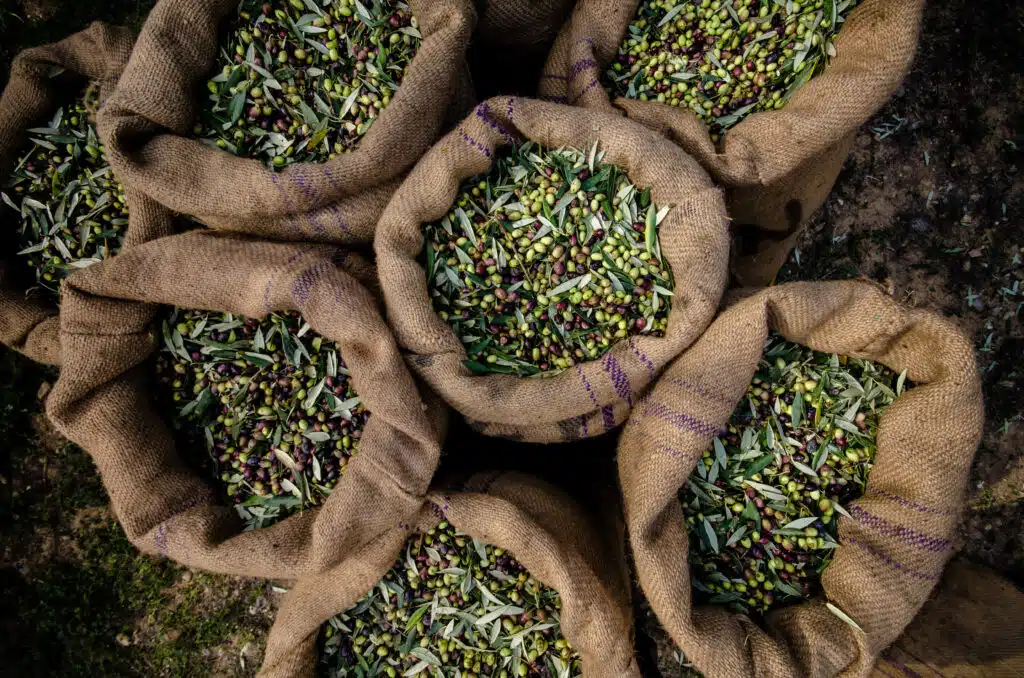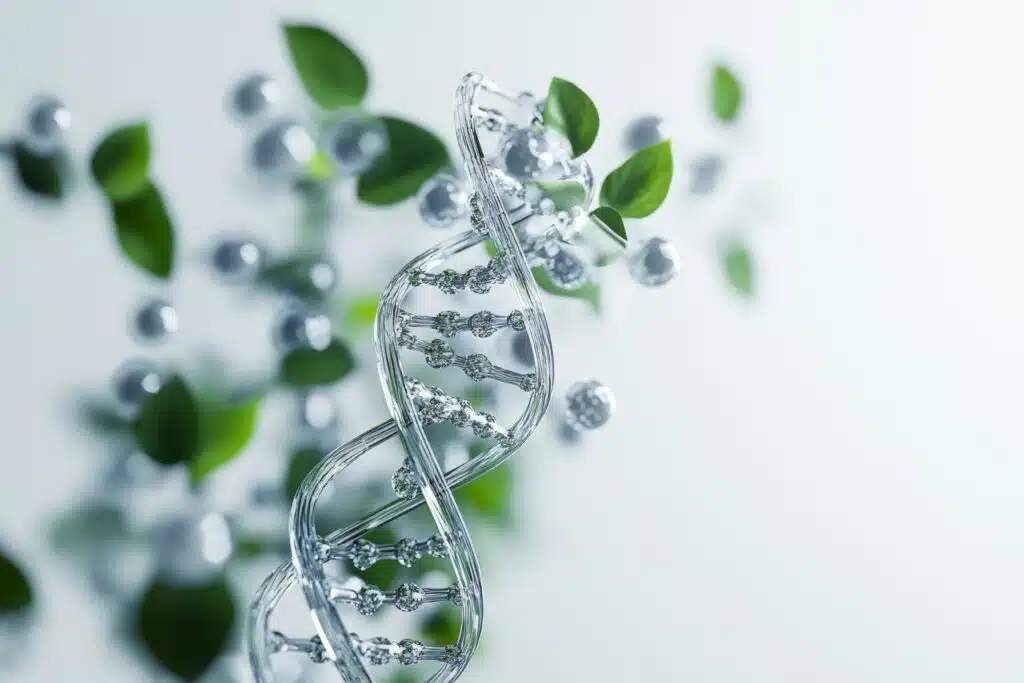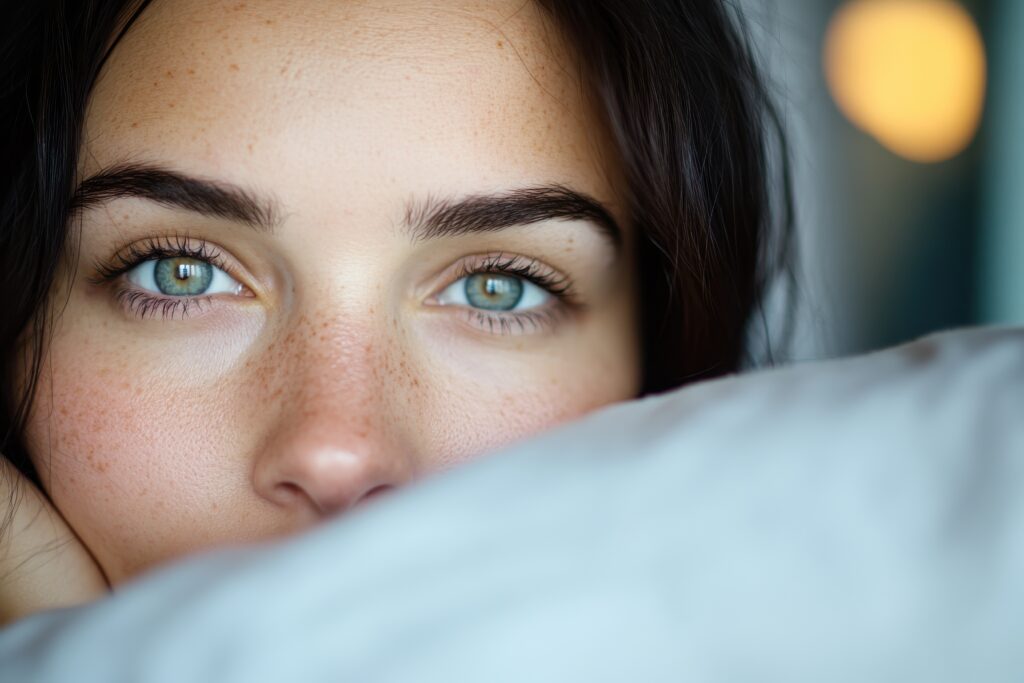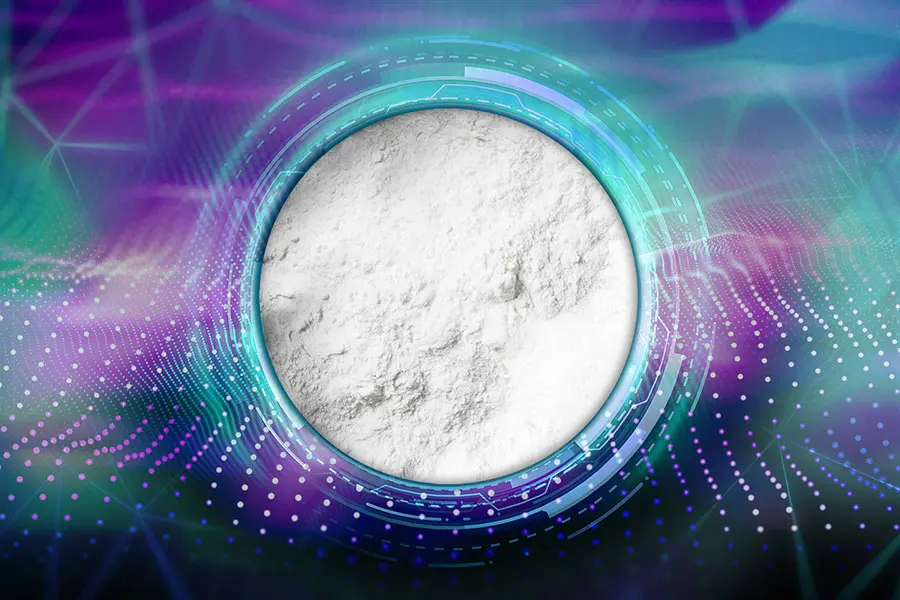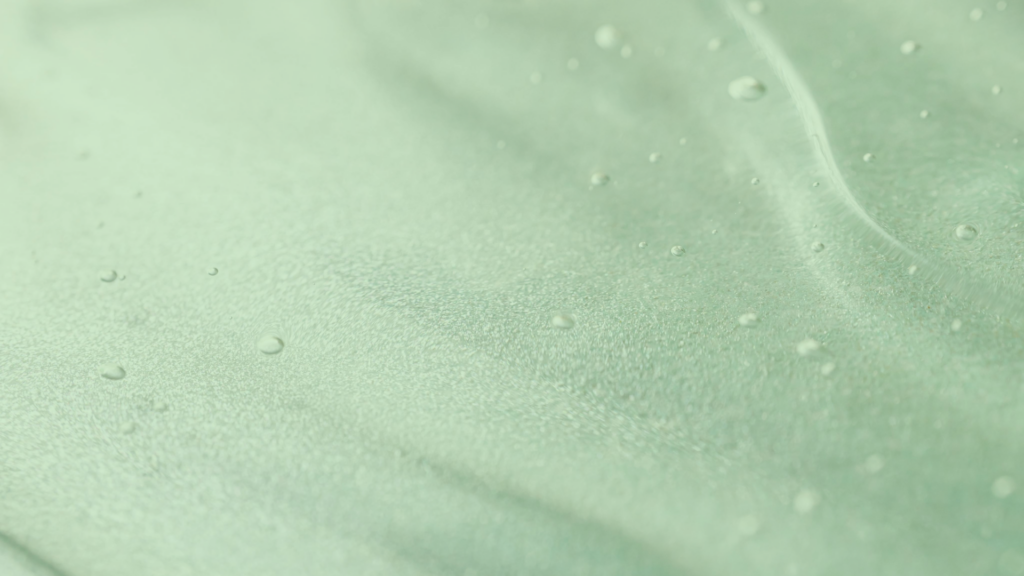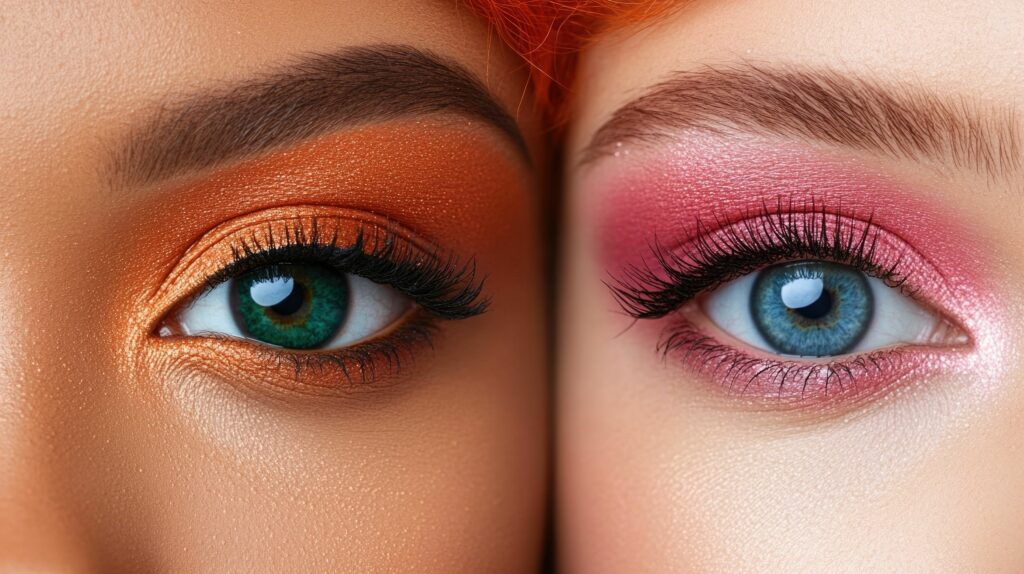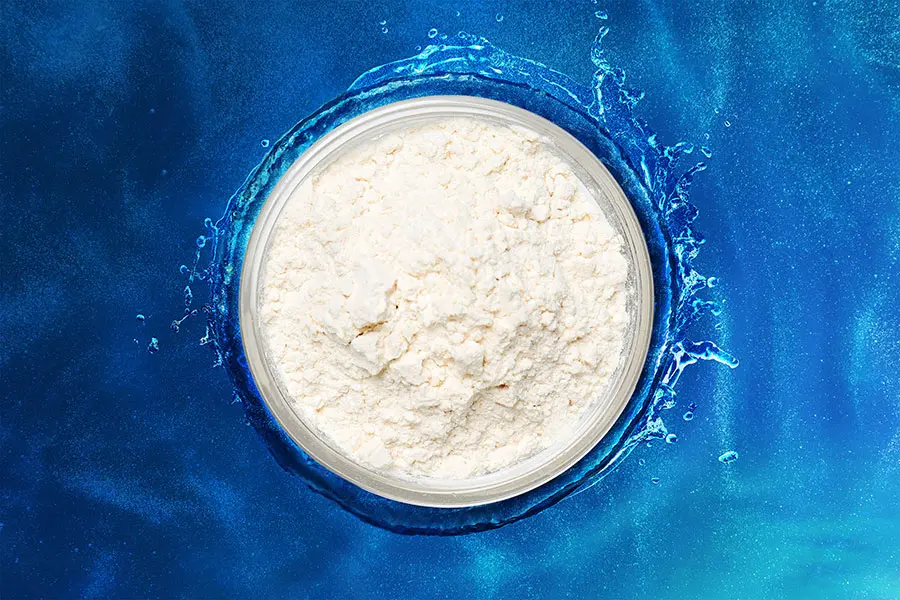Understanding the Skin Exposome and Its Components
In dermatology, the skin exposome refers to the totality of environmental and lifestyle factors our skin is exposed to over a lifetime. These external stressors encompass ultraviolet (UV) radiation from the sun, air pollution (smog, particulate matter), tobacco smoke, diet and nutrition, psychological stress, sleep deprivation, and even climate factors like temperature and humidity. Unlike intrinsic aging (driven by genetics and time), exposome factors drive extrinsic aging – the source of most visible skin damage. In fact, scientific estimates suggest that up to 80% of visible skin aging is due to environmental and lifestyle factors, with genetics accounting for only about 20%.
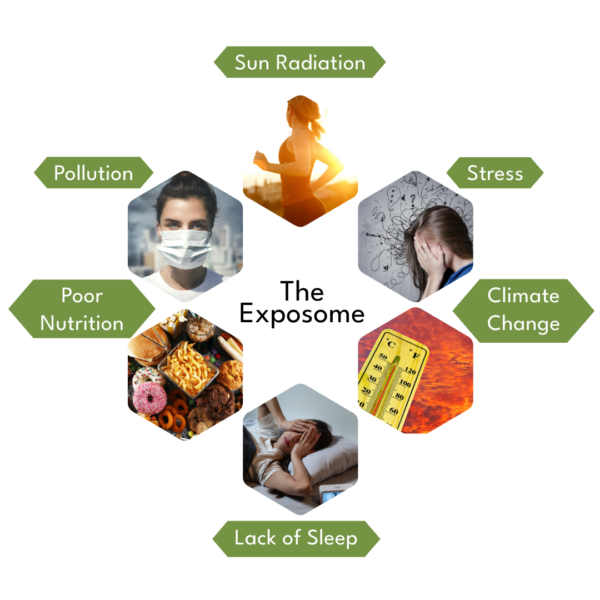
How Exposome Stressors Damage the Skin at a Cellular Level
Every day, our skin cells combat assaults from UV rays, reactive chemicals, and other external agents. The common culprit behind much of the damage is oxidative stress – an imbalance caused by excess free radicals (reactive oxygen species) overwhelming the skin’s defenses. UV radiation is especially notorious: chronic UV exposure generates ROS within the skin, leading to increased oxidative stress, inflammation, and direct damage to cellular components like DNA, cell membranes, and structural proteins. Over time, this manifests as collagen breakdown, weakened elastin fibers, and cellular mutations – the underpinnings of photoaging (wrinkles, laxity, and pigmentation).
Other exposome factors cause similar molecular havoc. For example, cigarette smoke deposits toxins in the skin that trigger oxidative processes and inflammatory cascades. This breaks down collagen (the protein that keeps skin firm and elastic) and accelerates the onset of wrinkles, sagging, and dullness. Likewise, air pollution – microscopic particulate matter and ozone – adheres to the skin and depletes its antioxidant reserves. The result is, again, oxidative stress that leads to cellular damage, uneven pigmentation, and even more pronounced wrinkling. These stressors often act synergistically; pollution can amplify UV damage, and poor diet or lack of sleep can weaken the skin’s repair capacity. In all cases, the biochemical outcome is protein damage (e.g. collagen fragmentation, elastin fiber stiffening) and lipid peroxidation, undermining the skin’s structural integrity and barrier function. Indeed, oxidative stress from exposome factors is directly linked to visible issues like uneven skin tone, increased sensitivity, and loss of firmness.
The Skin’s Self-Defense: Antioxidants and Repair Mechanisms
Fortunately, skin is not a passive victim – it comes equipped with sophisticated self-defense mechanisms. The epidermal barrier itself (the stratum corneum with its lipid matrix) is a frontline defense, limiting penetration of pollutants and shielding against UV to an extent. On a cellular level, our skin cells produce their own antioxidant enzymes and molecules – nature’s radical scavengers. Enzymes like superoxide dismutase, catalase, and glutathione peroxidase work continuously to neutralize free radicals and keep the skin in oxidative balance. In healthy conditions, these endogenous antioxidants, along with dietary antioxidants (vitamins C, E, etc. that accumulate in skin), prevent most ROS from wreaking havoc.
Cells also activate stress responses: exposure to low levels of stress can induce protective pathways (e.g. the Nrf2 pathway) that ramp up production of antioxidant proteins and phase II detoxifying enzymes. DNA repair enzymes fix UV-induced genetic damage, and proteostasis systems (like chaperones and proteasomes) help refold or remove damaged proteins. Together, these mechanisms form the skin’s intrinsic defense network to maintain homeostasis. However, if external stressors accumulate or intensify, the skin’s own antioxidant capacity can be exhausted, tipping the scale toward oxidative stress. In such cases, natural defenses are overwhelmed: the antioxidant reserves (like vitamins C/E) get depleted (for instance, ozone can oxidize vitamin E in the skin), and repair processes can’t keep up with ongoing damage. This is when visible damage accelerates. For cosmetic formulators, the key insight is that bolstering these self-defense systems – either by supplying antioxidants or by stimulating the skin’s own protective pathways – can significantly mitigate exposome-induced aging.
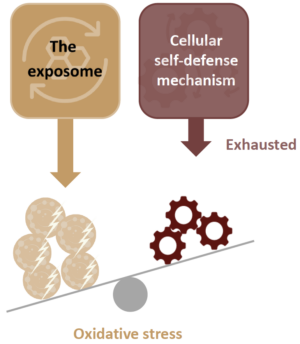
From Challenge to Opportunity: Addressing the Exposome in Skincare
Understanding the exposome’s impact at the cellular level underscores why modern skincare must go beyond basic hydration or nutrition. The new frontier is formulating products that enhance the skin’s resilience against these daily stressors. As a formulator, consider this a call to innovate: by creating formulas that reinforce the skin’s defenses and repair capacity, we can help users effectively “future-proof” their skin against environmental onslaughts. Antioxidants like vitamin C, E, ferulic acid, and botanical polyphenols have long been used to neutralize free radicals. Yet, conventional antioxidants have a limitation – they are consumed as they neutralize ROS, offering only temporary relief. Once used up, protection wanes. This is where a new class of active ingredients is making waves: those that activate the skin’s own long-term defense mechanisms. Imagine an ingredient that not only provides immediate antioxidant relief, but also trains the skin to defend itself better.
CefiraProtect CLR™ – A New Era of Exposome Defense
Enter CefiraProtect CLR™, CLR Berlin’s latest launch designed to directly tackle exposome-induced skin damage and boost resilience. This innovative active is a vegan postbiotic ingredient obtained from the fermentation of Lactobacillus kefiranofaciens – a probiotic bacterium found in traditional kefir cultures.
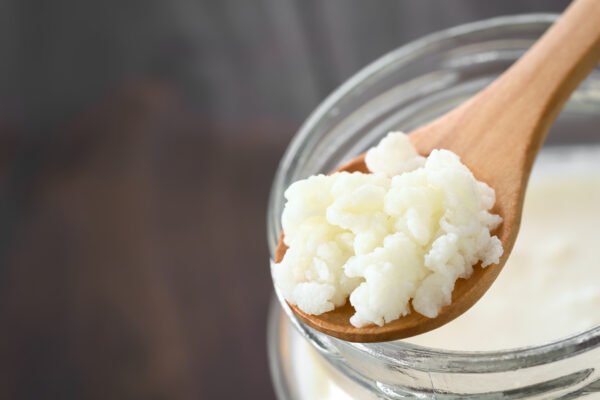
Its secret weapon is kefiran, a polysaccharide from kefir known for health-promoting properties, which CLR’s biotechnology has harnessed for skincare. By merging an ancient fermentation tradition with cutting-edge dermal science, CefiraProtect CLR™ emerges as a powerful defender for skin.
How does it challenge the exposome? Research on CefiraProtect CLR™ shows that it works on multiple fronts to bolster skin’s self-defense and repair:
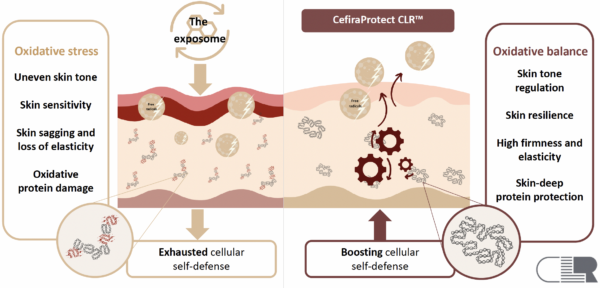
All of these effects are backed by studies from CLR Berlin. In essence, CefiraProtect CLR™ “trains” the skin to resist and recover from exposome stressors, instead of only offering short-lived external neutralization. As the company aptly states, “the exposome won’t change, but your skin’s response to it will”. By boosting the skin’s innate adaptive responses, this active marks a shift toward a more proactive approach in skincare.
Scientific Backing and Proven Results
Technical validation is critical for formulators evaluating a new ingredient. CefiraProtect CLR™’s efficacy is supported by both in-vitro and in-vivo data, demonstrating its multi-level protection and repair benefits. Key proven effects include:
► Stronger Skin Barrier
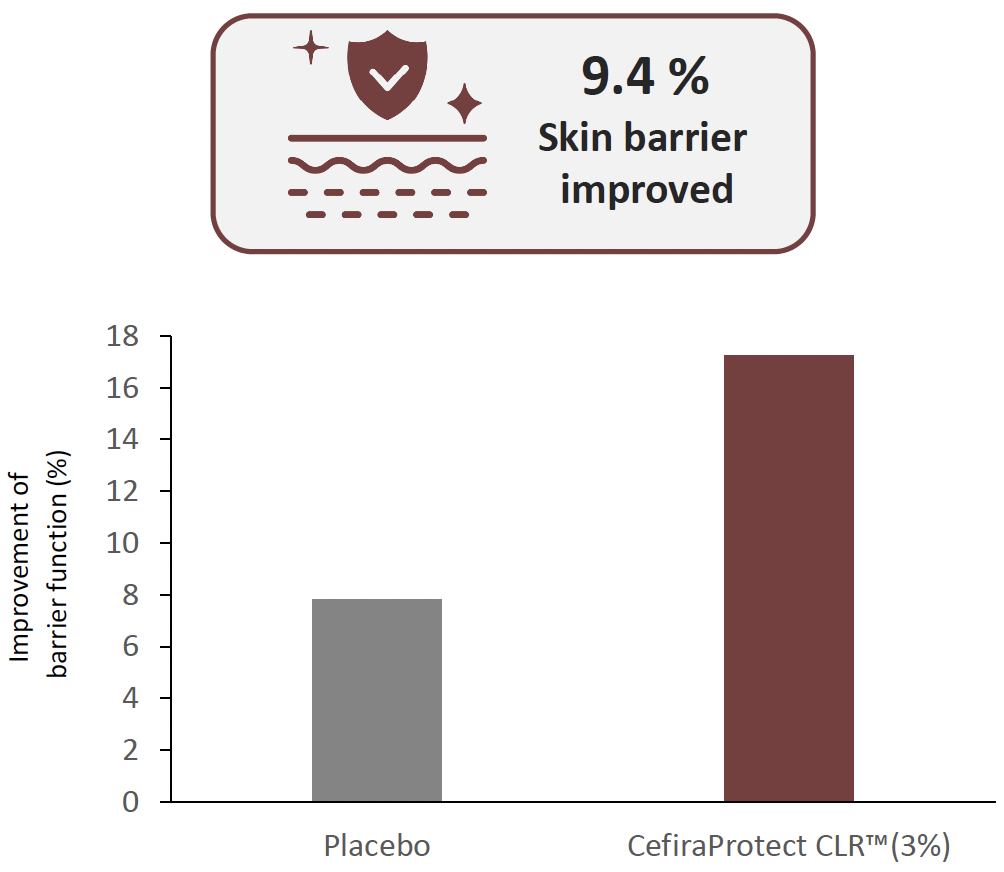
As noted, transepidermal water loss (TEWL) and other barrier assessments showed a 9.4% improvement, indicating a more robust barrier function. This suggests that formulations with CefiraProtect CLR™ can help fortify the stratum corneum, yielding skin that is less prone to dehydration and environmental penetration.
► Enhanced Elasticity
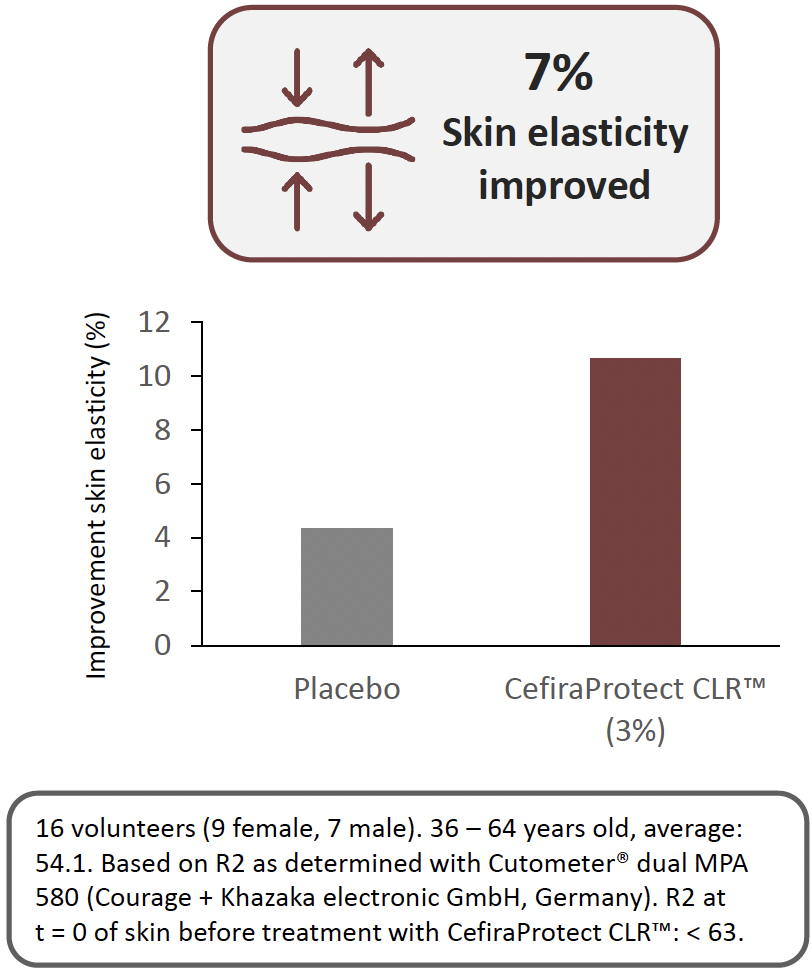
Cutometer measurements of skin elasticity improved by about 7%, reflecting more spring and turgor in the skin tissue. Users would notice skin that feels firmer and bounces back faster, aligning with anti-aging claims.
► Reduced Sagging and Wrinkles
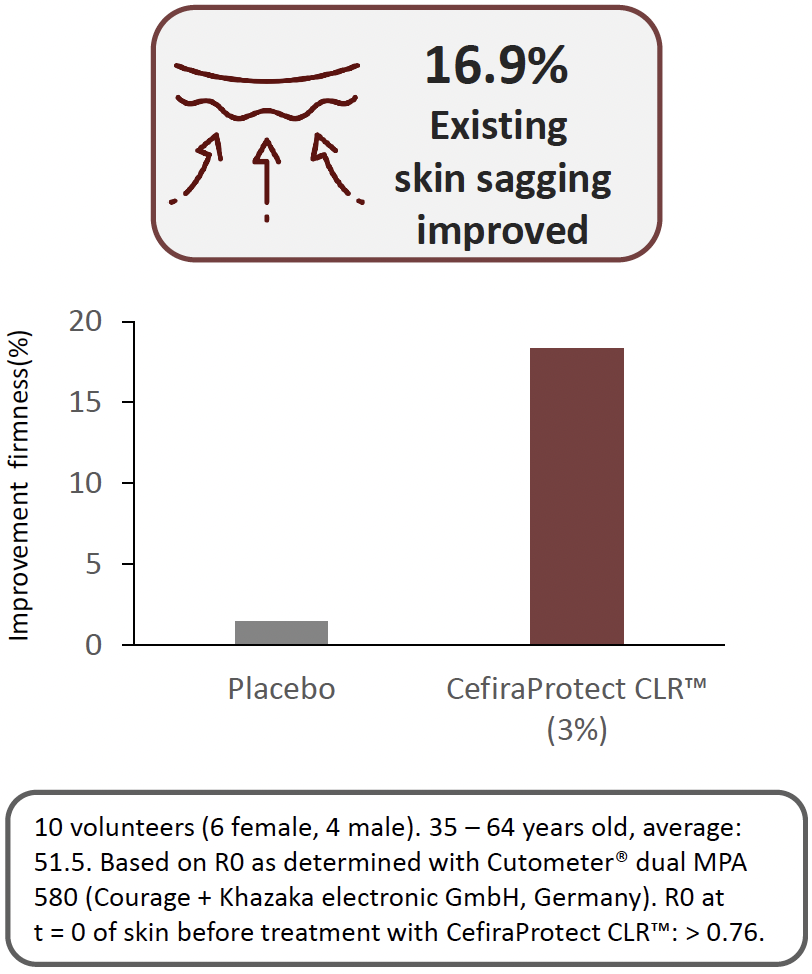
In clinical scoring, existing sagging (a proxy for wrinkle depth and loss of firmness) was improved by 16.9%. This is a significant anti-aging outcome, likely due to the preservation of collagen/elastin and reduction of chronic oxidative damage.
► Protein and DNA Protection
While percentage figures are harder to assign here, lab assays indicate that cells treated with the postbiotic have lower levels of protein carbonylation (a marker of protein oxidation) and DNA strand breaks after UV or pollutant exposure, compared to untreated cells. This corroborates the claim of “skin-deep protein protection”—essentially, the ingredient helps keep the skin’s building blocks intact under stress.
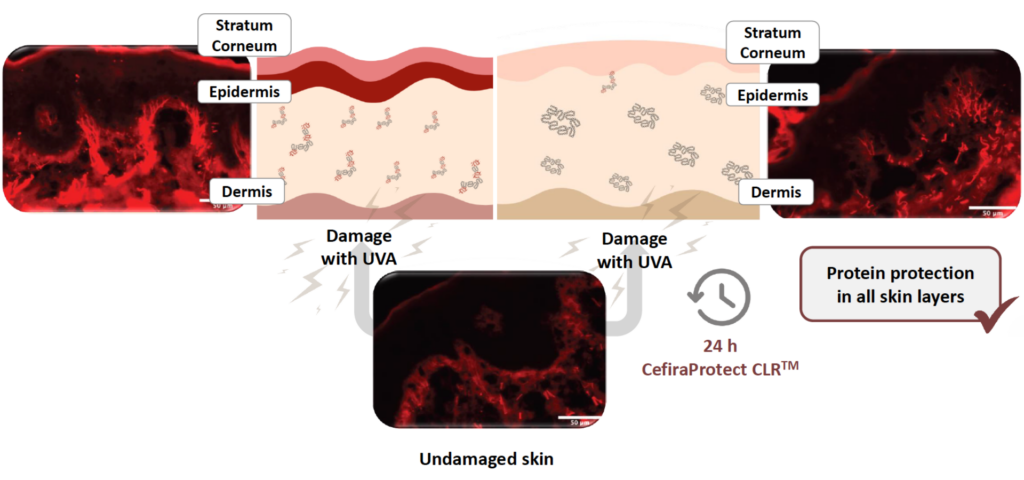
► Calmer, Healthier Appearance
By regulating redness and inflammation mediators, the ingredient contributes to a more even skin tone and comfort. Volunteers using formulas with CefiraProtect CLR™ reported less redness and irritation in urban environmental conditions (e.g., after UV exposure or exposure to traffic pollution), supporting its anti-inflammatory action. Skin that is less inflamed not only looks more radiant but also ages more slowly (since inflammation drives aging).
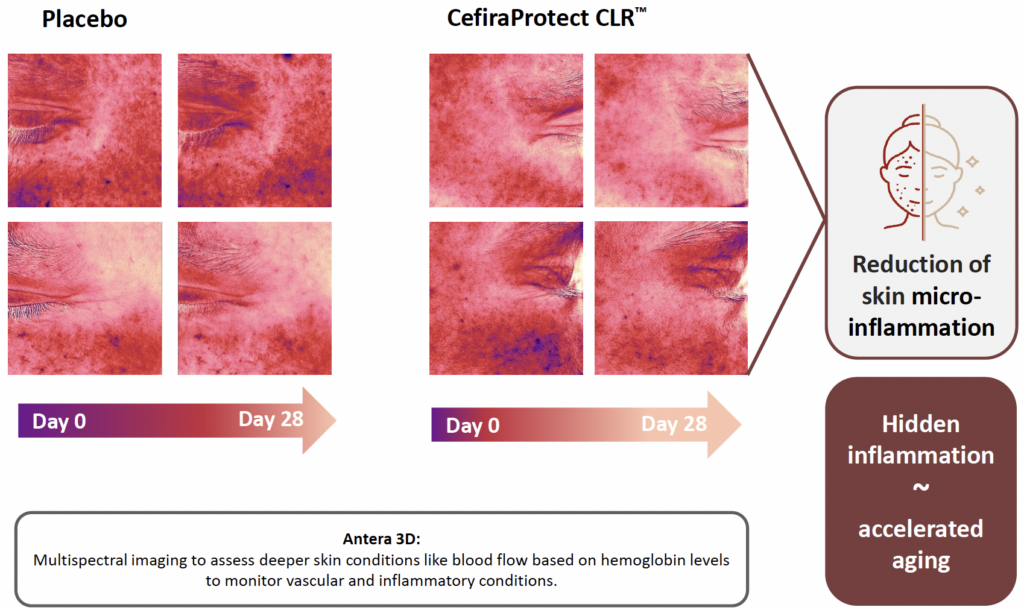
► Self-Maintenance and Homeostasis
An often overlooked aspect is how an ingredient influences the skin’s long-term equilibrium. CefiraProtect CLR™ was observed to enhance what CLR Berlin calls the “self-maintaining properties” of skin. This means that even after the external stress is gone, the skin remains in a balanced state rather than dipping into a pro-oxidant, inflammatory state. It’s a bit like improving the skin’s immune memory – the more it’s challenged (in a controlled way by the active), the better it copes the next time.
From a formulator’s perspective, these results are compelling: they indicate an ingredient that not only provides immediate functional benefits (like soothing and antioxidative action) but also imparts a sort of adaptive immunity to the skin over time. The data gives confidence that including this active at 1–3% (the recommended use level) can elevate a skincare formula’s protective capacity in a meaningful, measurable way.
Formulating for the Future: Embracing Exposome-Resilient Skincare
The concept of the exposome shifts our approach to skin health – from treating symptoms of damage to proactively defending against the causes of damage. For cosmetic formulators, this opens up exciting avenues for innovation. CefiraProtect CLR™ is a prime example of an active ingredient that aligns with this forward-thinking strategy, translating advanced biomedical insights (postbiotic cellular activation, oxidative stress modulation) into a practical skincare solution. Incorporating such an ingredient into new formulations could enable products that help consumers live their lives to the fullest (enjoying the sunshine, urban living, and occasional late nights) without visibly paying the price on their skin.
As you develop the next generation of skincare, consider how you can address the skin exposome in your product designs. This might mean formulating with synergistic antioxidant systems, barrier-strengthening compounds, and actives like CefiraProtect CLR™ that empower the skin’s resilience from within. By doing so, you not only address current market demands (for anti-pollution, anti-blue light, anti-stress skincare) but also pave the way for a new category of products that we could call “exposome defense” or “adaptive skincare.”
In conclusion, the skin exposome is an ever-present challenge, but also an opportunity for innovation. With robust scientific backing and a holistic mode of action, ingredients like CefiraProtect CLR™ demonstrate that it’s possible to boost the skin’s own defenses and maintain its youthful functions even under relentless environmental stress. For formulators, the message is clear: the exposome isn’t going away, so the best skincare of the future will be that which helps our skin adapt and thrive despite it. Embracing this approach will lead to skincare products that truly make a difference — protecting skin health in the long run, and ensuring consumers can face daily stressors with a radiant, resilient complexion. By formulating with the exposome in mind, and leveraging novel actives, we can drive the next leap forward in skincare efficacy and innovation.
Ready to infuse your next formulation with exposome-fighting power? Consider exploring CefiraProtect CLR™ as a key ingredient in your upcoming skincare innovations. By doing so, you’ll be at the forefront of a movement toward smarter, resilience-building cosmetics that meet the needs of modern consumers and their skin’s demanding lifestyles. Empower the skin to defend itself – and watch as your products unlock healthier, more radiant skin for years to come.*
References:
- Krutmann, J., Bouloc, A., Sore, G., Bernard, B. A., & Passeron, T. (2017). The skin aging exposome. International Journal of Molecular Sciences, 18(2), 86. https://doi.org/10.3390/ijms18020486
- D’Orazio, J., Jarrett, S., Amaro-Ortiz, A., & Scott, T. (2013). UV radiation and the skin. International Journal of Molecular Sciences, 14(6), 12222–12248. https://doi.org/10.3390/ijms140612222
- Vierkötter, A., & Krutmann, J. (2012). Environmental influences on skin aging and ethnic-specific manifestations. Experimental Dermatology, 21(Suppl 1), 2-6. https://doi.org/10.1111/exd.13584
- Kadunce, D. P., Burr, R., Gress, R., Kanner, R., Lyon, J. L., & Zone, J. J. (1991). Cigarette smoking: Risk factor for premature facial wrinkling. Journal of the American Academy of Dermatology, 34(5), 717-723. https://doi.org/10.1016/j.jaad.2010.05.048
- Pisoschi, A. M., & Pop, A. (2015). The role of antioxidants in the chemistry of oxidative stress. Food Chemistry and Toxicology, 61, 31-36. https://doi.org/10.1016/j.fct.2015.06.021
- CLR Berlin. CefiraProtect CLR™: Empowering Skin Resilience. https://www.clr-berlin.com


